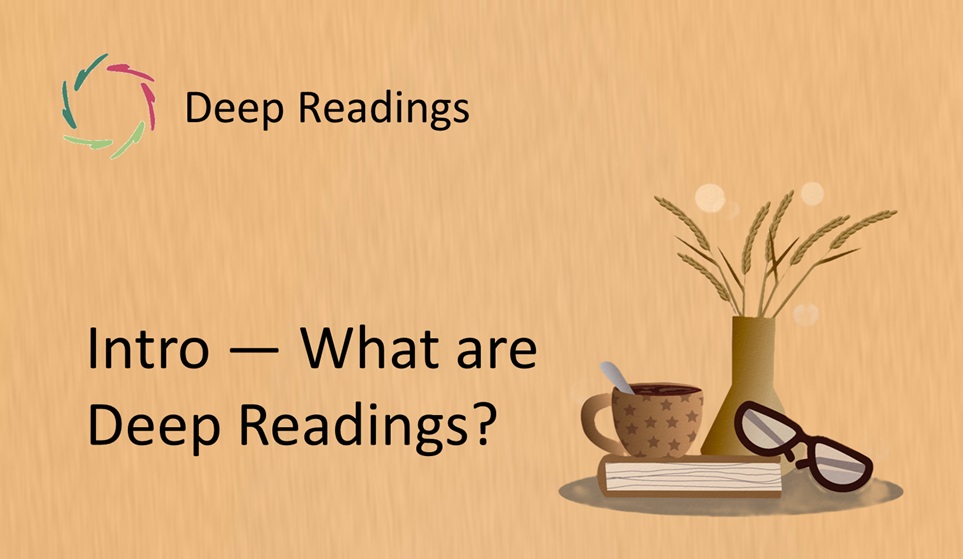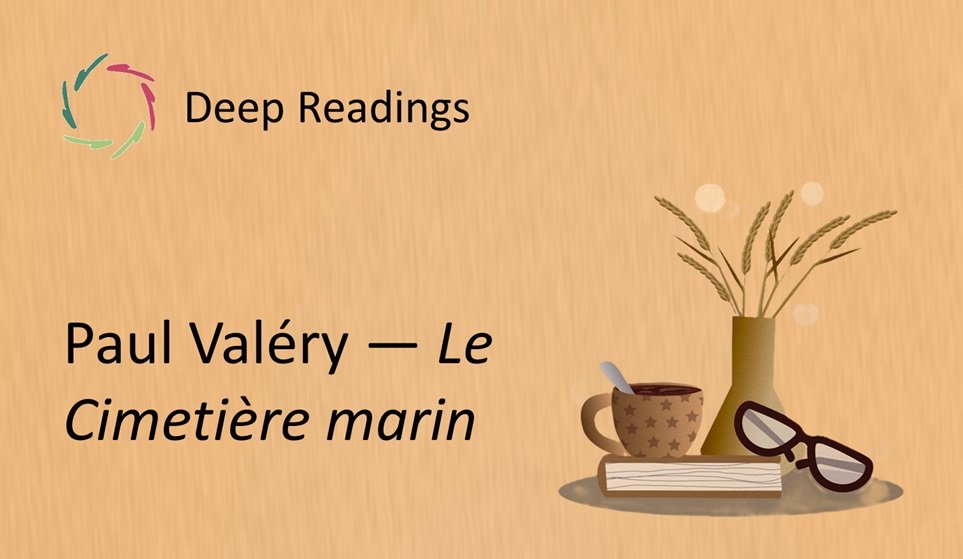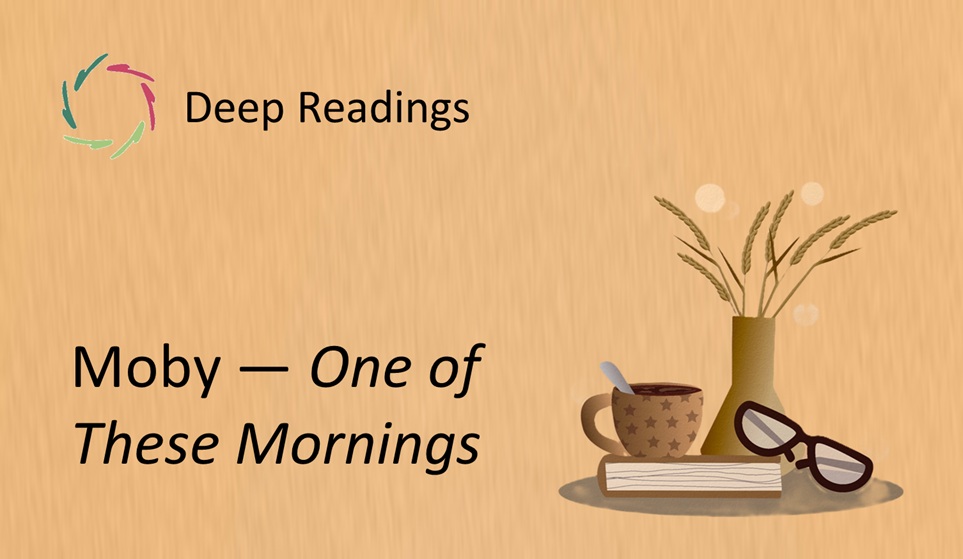Deep Readings: Maya Angelou – I Know Why the Caged Bird Sings

The Fragment
“A free bird leaps on the back of the wind and floats downstream till the current ends and dips his wing in the orange sun rays. The caged bird sings with a fearful trill of things unknown but longed for still, and his tune is heard on the distant hill…”
(Short excerpt due to copyright)
[Read more → study/review sites such as SparkNotes, LitCharts, or Goodreads]
Contextual Glimpse
Published in 1969, Maya Angelou’s first autobiography brought her international recognition. The title comes from Paul Laurence Dunbar’s poem, and in her opening reflections she turns it into a living metaphor. The free bird soars in wind and sunlight, while the caged bird sings in longing and defiance. Angelou uses this contrast to frame her story of growing up Black and female in America’s segregated South. What begins as memoir rises into a universal symbol: the song of the caged bird as voice, resilience, and hope.
Resonance
The fragment juxtaposes two stark images. The free bird enjoys space and light, while the caged bird sings despite confinement. This contrast is both personal and collective. Angelou gives voice to those historically silenced, showing that song itself becomes survival. The caged bird’s song is not naive but profound: longing turned into creation.
It resonates because each of us has felt both conditions: moments of soaring freedom and moments of painful limitation. Angelou invites us to recognize that even in the cage, something essential in us can sing.
Why this may also be about you
Angelou’s caged bird is not only her metaphor for segregation and personal trauma; it is also an image of the inner cages you carry. Each of us has known moments when possibility was clipped — by fear, by injustice, or by circumstance. In such moments, the choice to sing or to stay silent becomes crucial.
To sing, as Angelou shows, is to resist erasure. Even when your wings cannot open, your voice can rise. The caged bird is not powerless: its song testifies to life and dignity. This is why the fragment resonates: it points you back to the strength within your own voice.
Lisa’s inspired, original idea about this fragment
Perhaps the bird’s cage is also the human condition itself. Every body has its limits, every life its walls. Yet within those boundaries, something still soars: imagination, memory, hope. The song is not merely defiance but the flowering of spirit in confinement.
In this sense, Angelou’s fragment suggests that the highest freedom may not be the absence of limits but the ability to create within them. The caged bird’s song, echoing across hills, shows that even a confined voice can reach farther than flight itself.
Echoes
Since its publication in 1969, Angelou’s Caged Bird has become an anthem of resilience. It is quoted in classrooms, political speeches, memorials, and everyday conversations, often standing for the unbroken voice of the oppressed. The image has traveled far beyond its autobiographical roots into a universal symbol of survival.
The echo proves the depth of its truth: the bird sings still, across decades and continents. Each time someone finds the courage to speak in difficult circumstances, Angelou’s bird is singing again. The song has become not only her story but a collective hymn of freedom.
Inner Invitation
Close your eyes and imagine two birds: one flying, one caged. Notice which one you feel closer to right now. Can you let the caged one sing without shame, knowing that its voice is also yours? What song inside you longs to be heard, even through the bars?
Closing Note
Maya Angelou reminds us that even when freedom is withheld, the human spirit can sing its truth. That song may reach farther than wings themselves.
Keywords
freedom, captivity, resilience, dignity, voice, survival, song, oppression, hope, identity, memory


